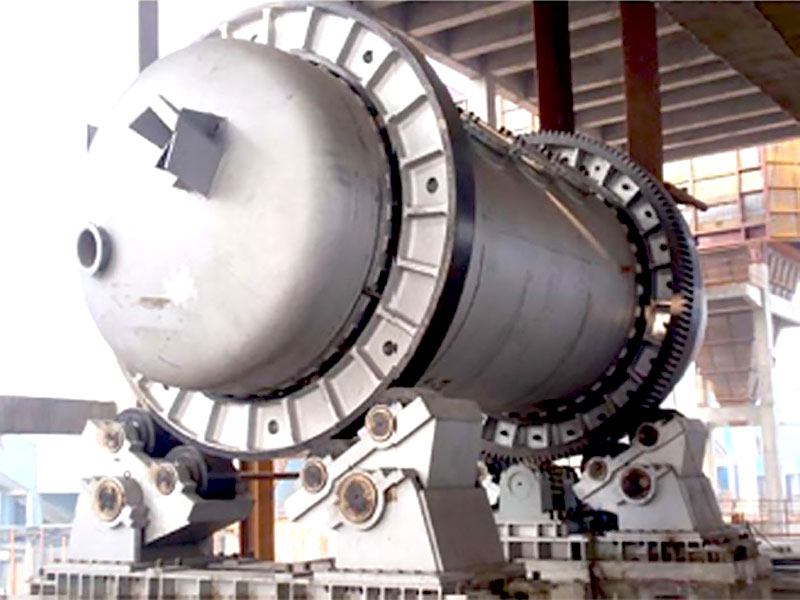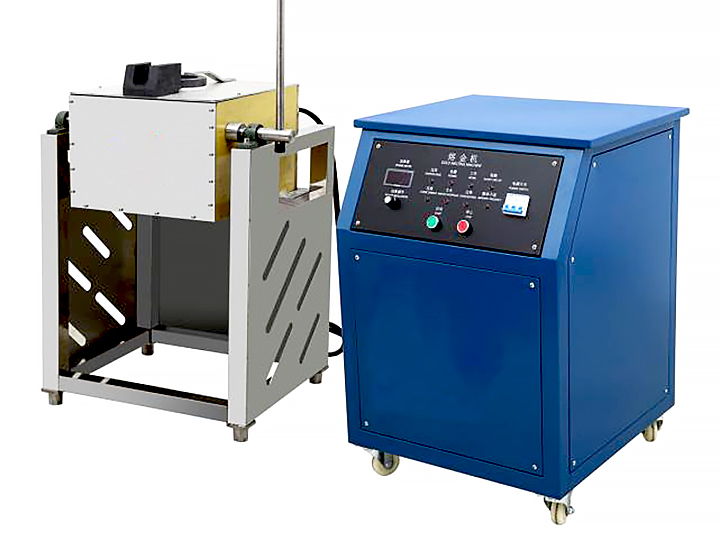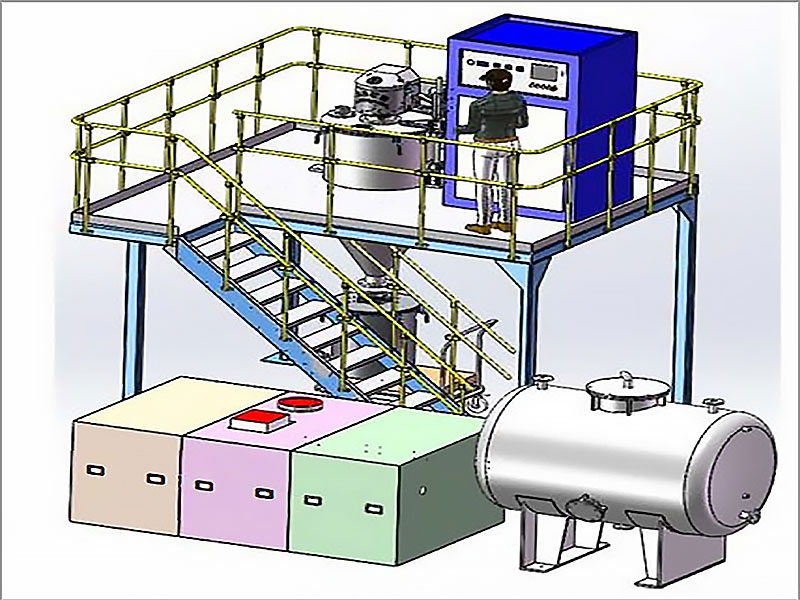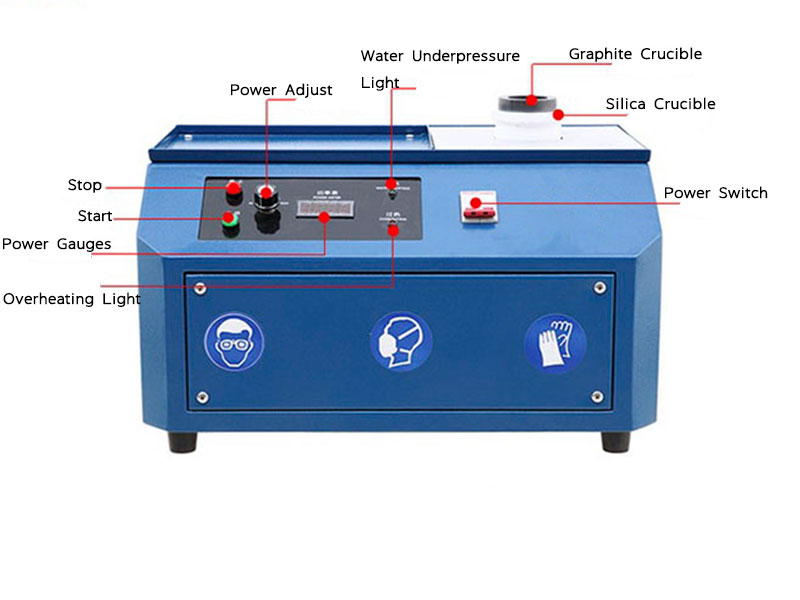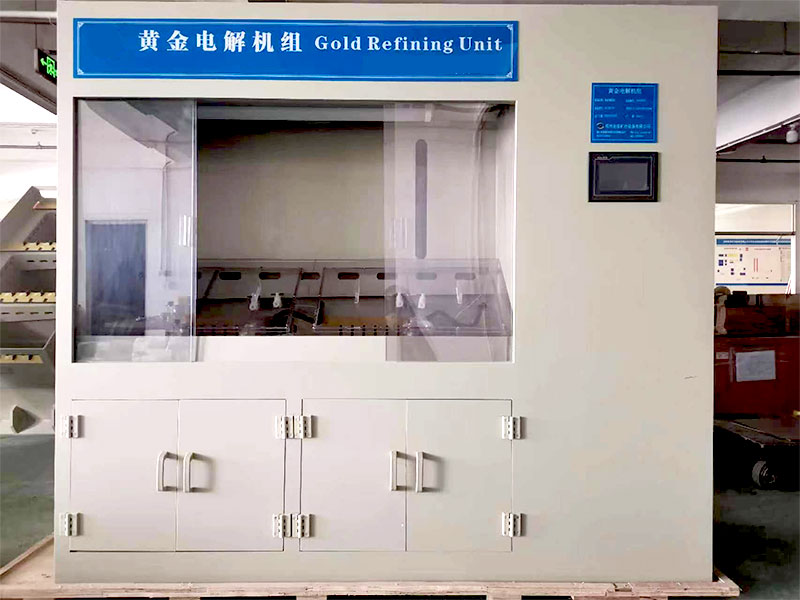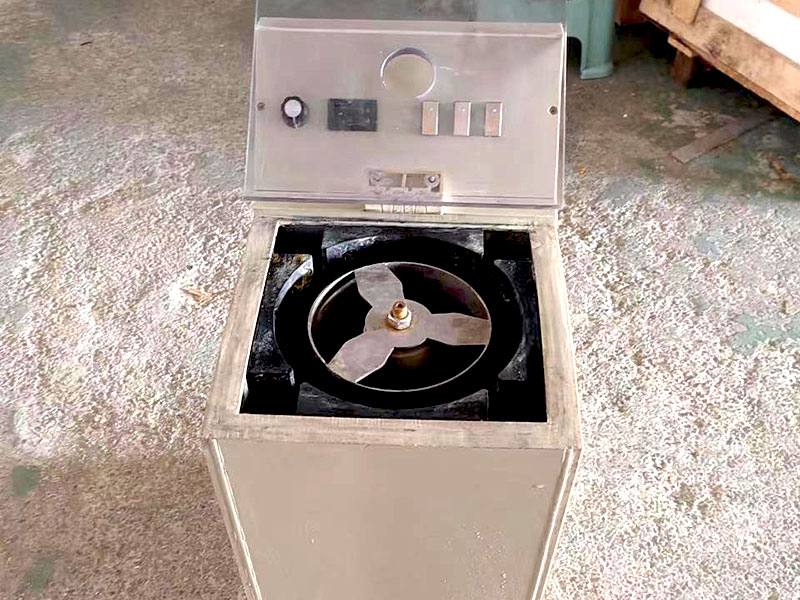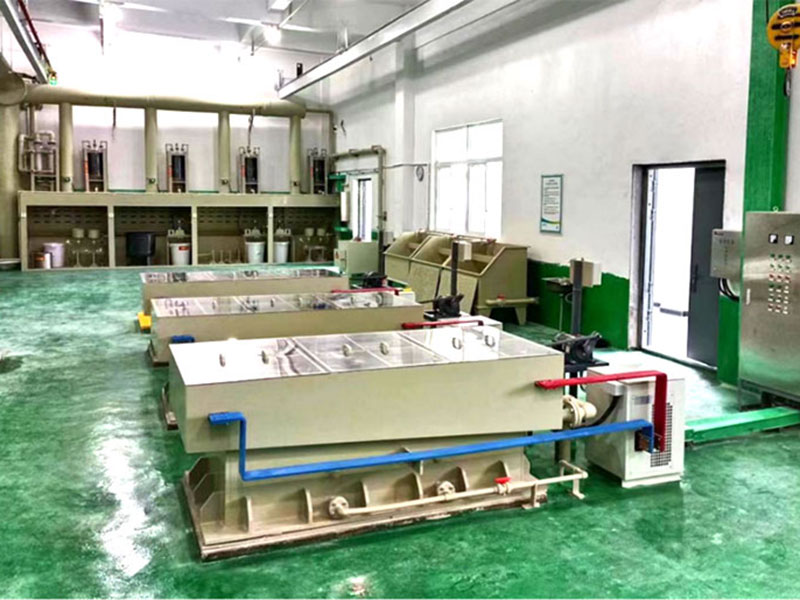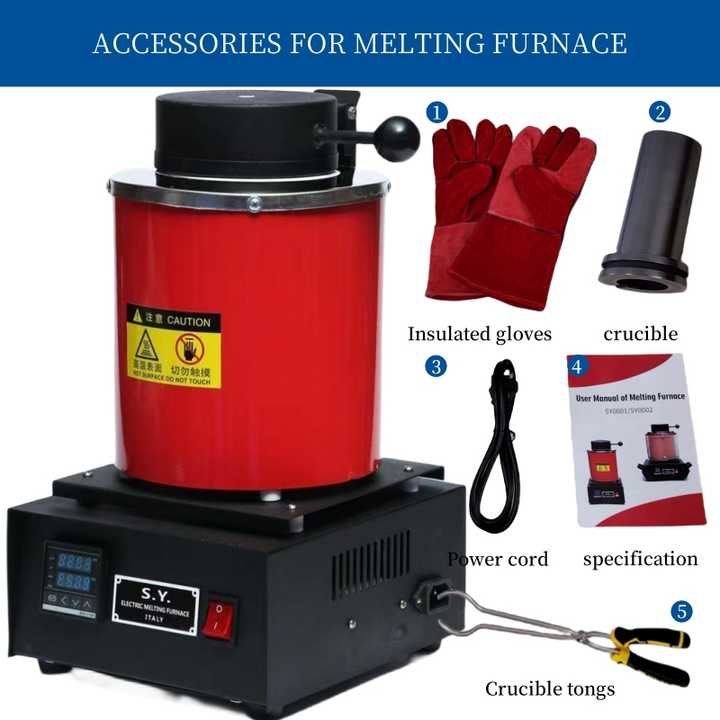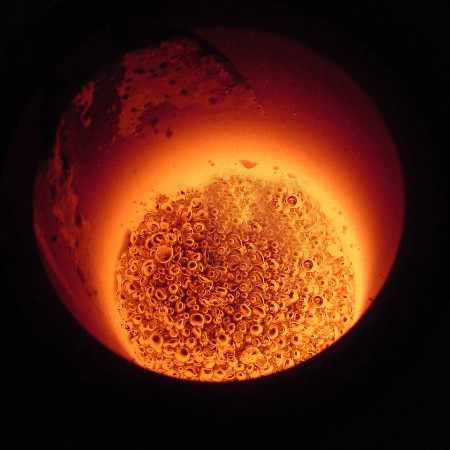smelting pot for gold
Smelting Pot for Gold Essential Tools and Techniques
Gold smelting is an ancient process that involves heating gold-bearing materials at high temperatures to separate the metal from impurities. A critical part of this process is using the right smelting pot for gold. In this article, we’ll explore the types of smelting pots available, the materials used to make them, and best practices for efficient and safe gold smelting.
What is a Smelting Pot for Gold?
A smelting pot for gold, often referred to as a crucible, is a container designed to withstand extremely high temperatures. It holds the gold ore or scrap and the necessary flux, a material that helps in the separation of impurities. The smelting pot for gold is essential for refining gold into a pure form, as it provides a controlled environment for melting and separating the precious metal.
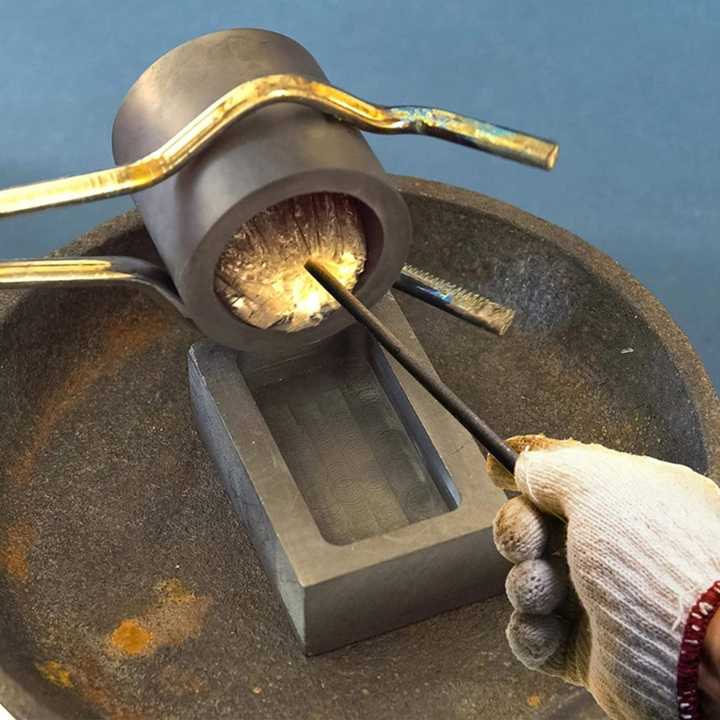
Types of Smelting Pots for Gold
There are several types of smelting pots for gold, each designed for different scales of operations, from small hobbyist projects to industrial gold refining.
Graphite Crucibles
Graphite crucibles are widely used in the smelting of gold due to their durability and ability to withstand high temperatures. These crucibles are excellent conductors of heat, making them efficient for melting gold quickly. Additionally, graphite is chemically inert, meaning it will not react with the gold or flux, ensuring purity in the final product.
Silicon Carbide Crucibles
Silicon carbide crucibles are known for their high thermal conductivity and resistance to thermal shock. This type of smelting pot for gold is ideal for industrial settings where large amounts of gold are processed. Silicon carbide crucibles are strong and can endure prolonged heating, making them a popular choice for repetitive use in gold smelting.
Ceramic Crucibles
Ceramic crucibles are another option for smelting gold. They are highly resistant to heat and corrosion, making them suitable for refining small batches of gold. While not as heat-conductive as graphite or silicon carbide, ceramic crucibles are affordable and work well for hobbyists or small-scale gold refiners.
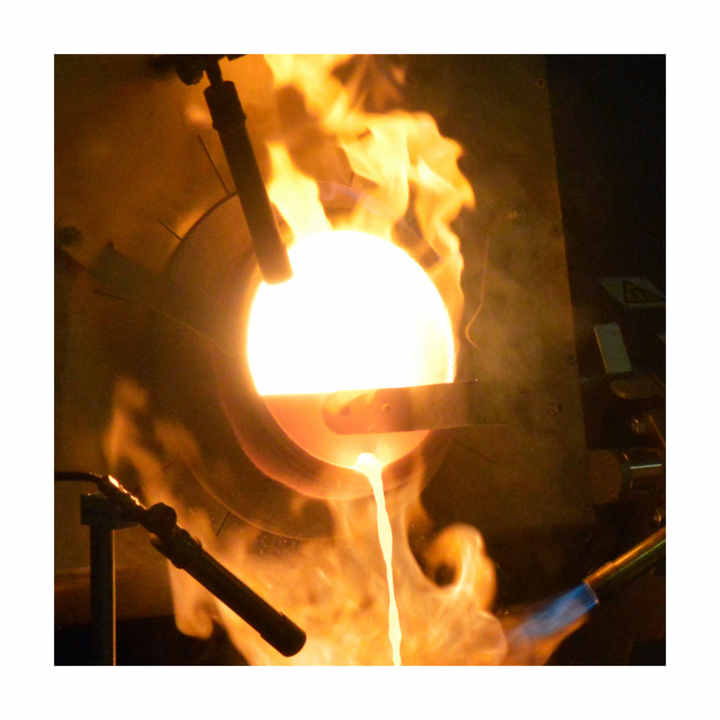
Materials for Smelting Pot Construction
The material used to make a smelting pot for gold is critical to its performance. Some materials are better suited for high temperatures and chemical reactions involved in the smelting process.
- Clay: Traditional clay crucibles are still used for smelting, especially by small-scale operators. Clay is inexpensive but tends to degrade faster compared to more modern materials like graphite or silicon carbide.
- Graphite: As mentioned earlier, graphite is a preferred material due to its thermal conductivity and chemical stability.
- Ceramic: Ceramic smelting pots for gold are popular due to their resistance to high heat and corrosive environments.
- Steel: Steel is sometimes used for larger, custom-built smelting pots in industrial applications. However, it requires special linings to prevent contamination and damage from the molten metal.
Choosing the Right Smelting Pot for Gold
When selecting a smelting pot for gold, several factors need to be considered to ensure efficiency and safety during the smelting process.
Temperature Resistance
Gold melts at a temperature of about 1,064°C (1,948°F), so the smelting pot must be able to withstand temperatures well above this to ensure proper melting. Both graphite and silicon carbide crucibles are excellent choices for their heat resistance.
Size and Capacity
The size of the smelting pot for gold depends on the amount of gold being processed. Smaller crucibles, typically made of ceramic, are ideal for melting small quantities of scrap gold, while larger graphite or silicon carbide crucibles are used for processing larger batches of ore or bullion.
Durability
Durability is another key consideration when choosing a smelting pot for gold. Graphite crucibles, while excellent at conducting heat, can wear out over time due to the harsh conditions of repeated heating and cooling. Silicon carbide, on the other hand, offers greater resistance to thermal shock and is suitable for repeated use.
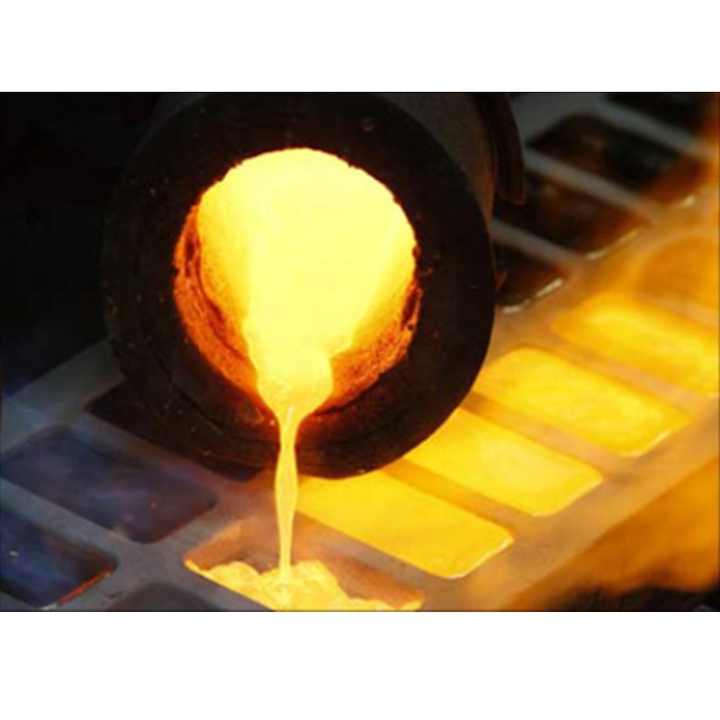
The Smelting Process: How the Smelting Pot for Gold is Used
Once you’ve selected the right smelting pot for gold, understanding the smelting process is crucial. Here’s a breakdown of the steps involved in smelting gold:
- Prepare the Gold and Flux: Place your gold ore or scrap into the smelting pot, along with the appropriate flux. Flux, typically a mixture of borax and soda ash, helps to lower the melting point of gold and separates impurities from the metal.
- Heat the Smelting Pot: Using a high-powered furnace or torch, heat the smelting pot for gold. The furnace should reach temperatures exceeding 1,064°C. The flux will assist in pulling impurities out of the molten gold.
- Melt the Gold: As the temperature rises, the gold will begin to melt, and the flux will form a protective layer on top of the molten metal. This layer prevents oxidation and ensures the gold remains pure.
- Pour the Molten Gold: Once fully melted, the gold can be poured into a mold for cooling. The smelting pot for gold should be handled with care using protective gloves and tongs, as it will be extremely hot.
- Refining the Gold: After cooling, the gold bar or ingot can be further refined if necessary, using methods like electrolysis or acid refining, to achieve higher purity levels.
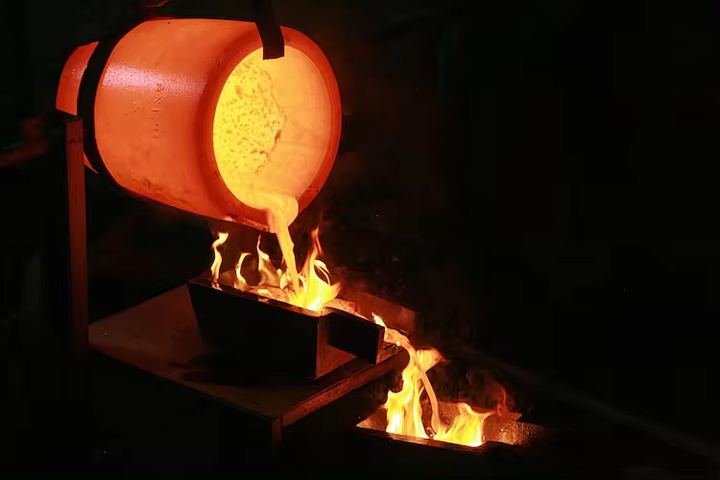
Safety Precautions When Using a Smelting Pot for Gold
Working with a smelting pot for gold involves high temperatures and potentially dangerous chemicals, so safety should always be a priority.
- Wear Protective Gear: Always wear heat-resistant gloves, a face shield, and protective clothing when smelting gold.
- Ensure Proper Ventilation: The smelting process can release harmful fumes, particularly when using fluxes that contain chemicals. Always work in a well-ventilated area or use a fume hood.
- Use the Right Tools: Use proper tools like tongs and clamps designed to handle smelting pots to avoid accidental burns or spills.
A smelting pot for gold is a vital tool in the process of refining gold from ore or scrap. Whether you’re a hobbyist or operating on an industrial scale, choosing the right smelting pot can make a significant difference in the efficiency and safety of your gold smelting process. From graphite and silicon carbide crucibles to the proper handling techniques, understanding the full scope of gold smelting ensures a successful and safe refining experience.

